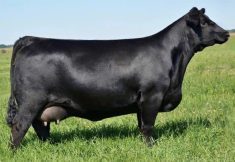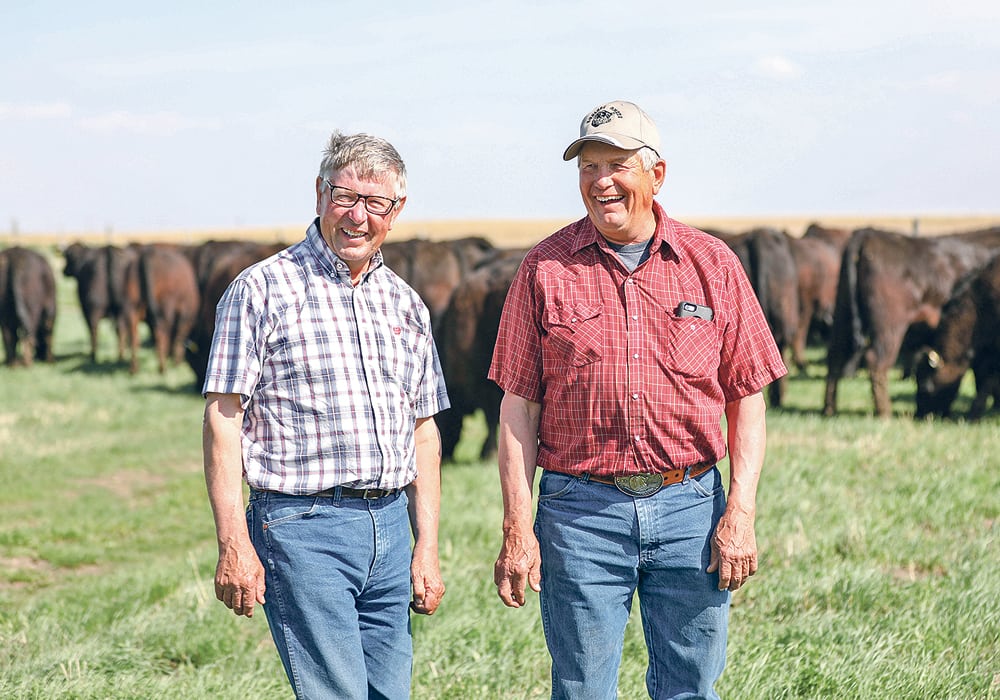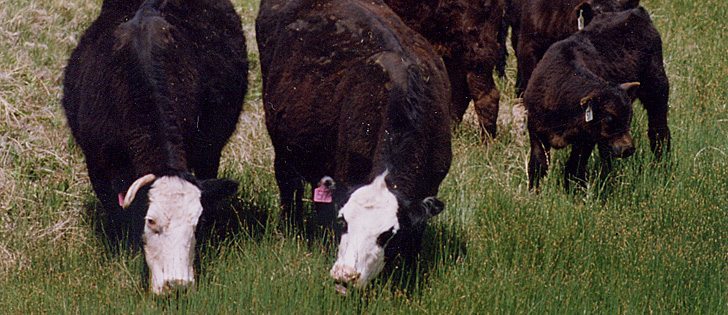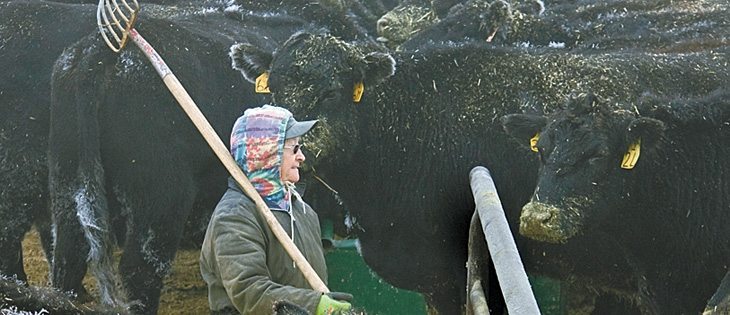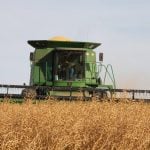Researchers at the University of Missouri-Columbia have used a commercial genomic prediction tool called the Zoetis GeneMax Advantage, specific to the Angus breed, to investigate the accuracy of the test procedure in predicting breeding values for complex and desirable traits.
“(The goal was) to demonstrate and evaluate the ability of the test to accurately predict progeny performance,” said Jared Decker, associate professor and Wurdack Chair of Animal Genomics in the College of Agriculture, Food and Natural Resources.
“The (university’s) Thompson Research Farm had a long history of collecting and reporting phenotypic data. The farm then started purchasing the GeneMax Advantage DNA tests for the cows and heifers, which provided the data to test the predictions. (This) test is only used on commercial Angus animals with at least 75 percent Angus ancestry.”
Read Also

Canada told trade crisis solutions in its hands
Canadians and Canadian exporters need to accept that the old rules of trade are over, and open access to the U.S. market may also be over, says the chief financial correspondent for CTV News.
While testing a sample of Angus cows and their offspring, Decker found significant relationships between the cows’ genetic merit and the performance of their calves. The researchers focused on specific traits that included weaning weight, carcass weight, marbling, fat and ribeye area.
Decker said in a news release that the direct advantage of using a genomic prediction device is that a farmer can go from not clearly knowing any of an animal’s performance data to taking a DNA sample and receiving an accurate prediction of the heifer’s genetic merits. This opens opportunities for breeding options and the selection of ideal females that can be part of the herd. It allows farmers to make informed decisions to enhance sustainable profitability.
While the researchers tested 554 females, only 231 of those cows had progeny with performance data. The study focused on expected progeny difference (EPD).
“Here, ‘expected’ is used in the statistical sense in that we are describing the average for a large number of progeny of an animal,” he said.
“For each GeneMax score, there is a bell curve of progeny performance with the bulk of the progeny performing near the average for that score, with some performing or outperforming the average for that score. There is always going to be variation around that average because of the randomness of genetics and biology. With genetic selection, we can move that bell curve in the direction we need it to go.”
According to the research report, the approach to predicting quantitative traits using DNA markers in beef cattle was commercialized in the 1990s. But, in the beginning, many of those tests relied on a small number of markers and failed validation trials. Genomic prediction, using thousands of genome-wide DNA markers, proved to be much more efficient in driving genetic improvement.
Even so, many farmers, ranchers, industry professionals and some academics still question the effectiveness of genomic prediction. The hypothesis behind the research was that, because the test was built using principles of genomic prediction, the dam’s GeneMax scores would significantly predict her calves’ performances.
“There are many people within the beef industry who doubt various genetic technologies, whether they be EPDs, economic selection indexes or genomic predictions,” said Decker. “Each person has different motivations for doubting these technologies. However, time and time again, they have been demonstrated to work, and work well.”
He said he would like the industry to move past asking if the technologies work.
“Instead, we should ask, how can I use these technologies to be more profitable? How can I use these technologies to better accomplish my goals?”
He said the purpose of the GenMax Advantage test is to create a superior calf crop. But if beef producers are just selling their calf crop as a commodity, they have little to no opportunity to see a positive return on investment in the DNA testing.
“Producers that I have seen having success with the test are either retaining ownership of their calf crop and getting paid for them as fat cattle, or they are selling their calf crop through a value-added program,” he said. “Before purchasing DNA tests for a set of commercial heifers, the producer needs to do the strategic planning to assess if they will receive a return on investment for testing those females.”
The DNA used for the prediction test is developed from the trait records and DNA results of registered, purebred cattle in the Angus Genetics Inc. national cattle evaluation.
Early in DNA evaluation of cattle, researchers focused on defining the revenue side of cattle genetics. Decker said that recently they added more EPDs related to the cost of production, such as dry matter intake for feed efficiency and mature cow size. More improvements to the testing are still being added.
“Where we are now headed for genetic evaluations is adding EPDs for resiliency to environmental stress,” he said. “The first success was a pulmonary arterial pressure (PAP) EPD that allows producers to identify cattle that will be resilient to the stresses of high altitude. My research group was heavily involved in creating prototype genetic predictions for hair shedding to identify the cow’s ability to get rid of her winter hair at the transition from winter to summer. This identifies cattle that are better able to deal with heat stress.
My group has also provided evidence that cattle are likely losing genetic adaptations to local environmental stressors. Researchers will continue to develop genetic predictions for resilience to stress. These new selection tools are sorely needed, especially as we deal with extremes in weather.”
Decker said that, in prioritizing the use of DNA technology, Thompson Research Farm recently harvested 35 steers, 70 percent of which graded prime, the highest quality grade assigned by the U.S. Department of Agriculture.
“Compared to the industry, which grades prime at a rate of six percent, this is really excellent.”
While genomic prediction has a legacy of success in seedstock cattle, this is the first time it has been shown to work in a sample of commercial cattle.
The research was recently published in the journal Livestock Science.



